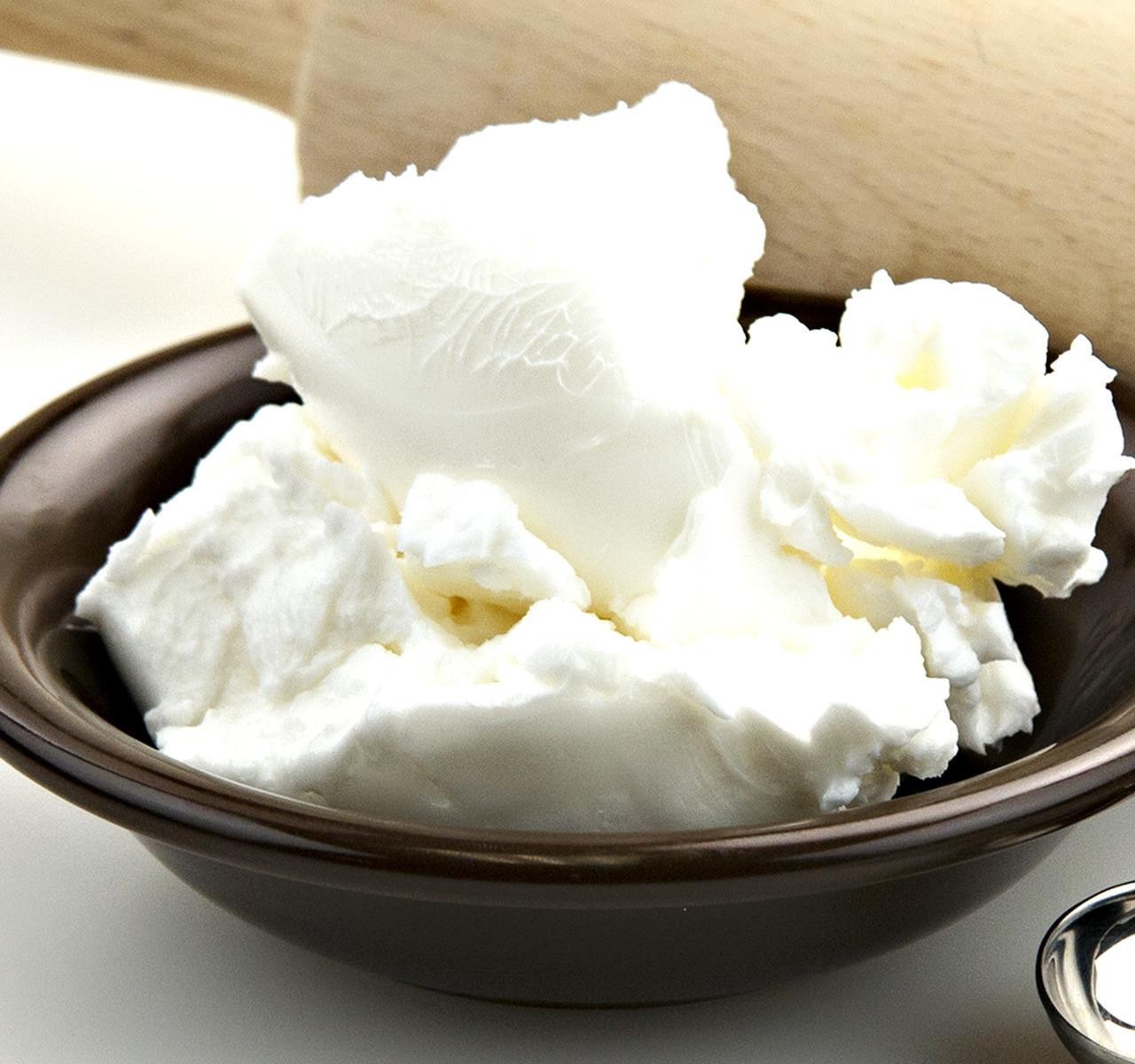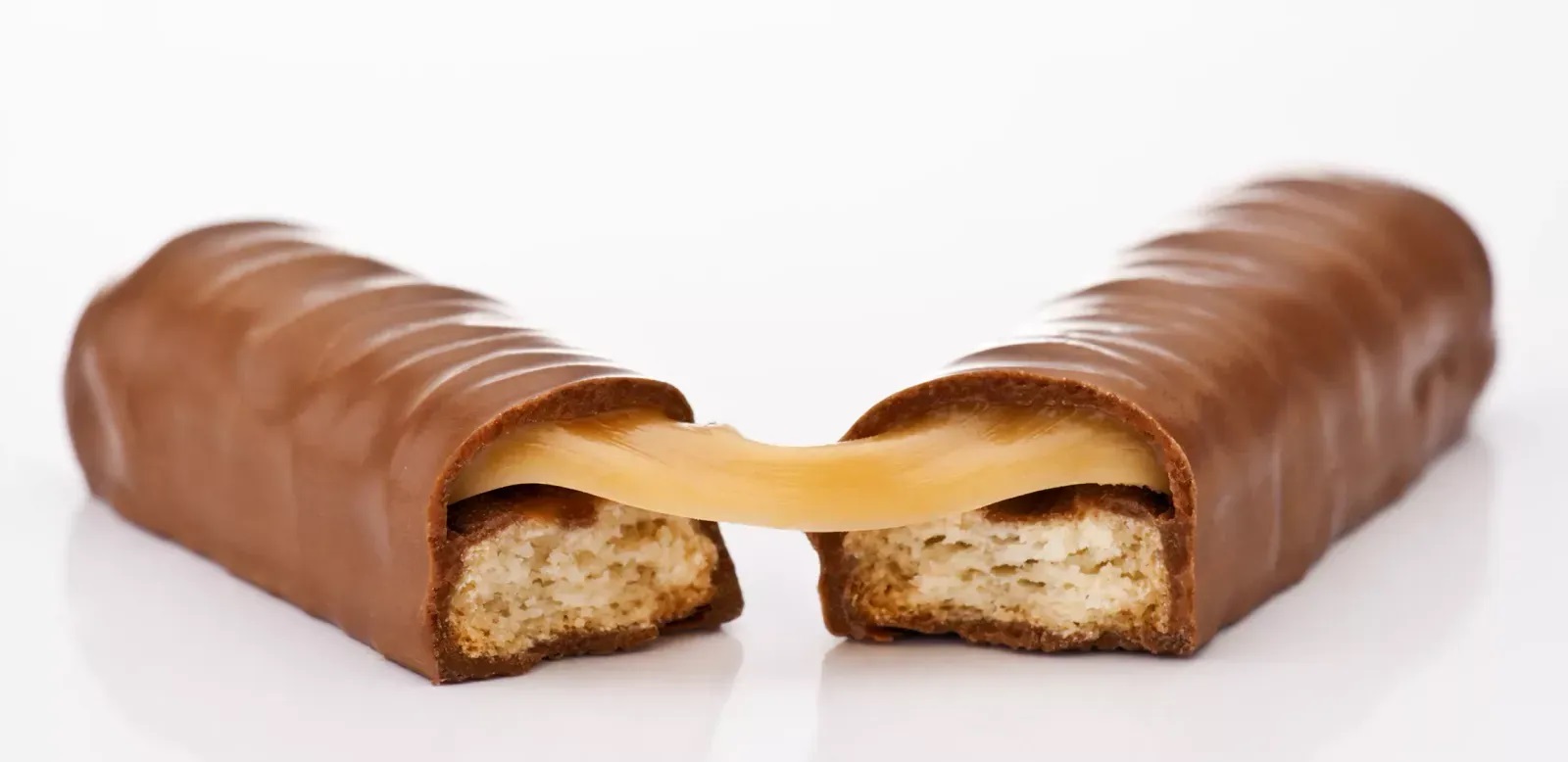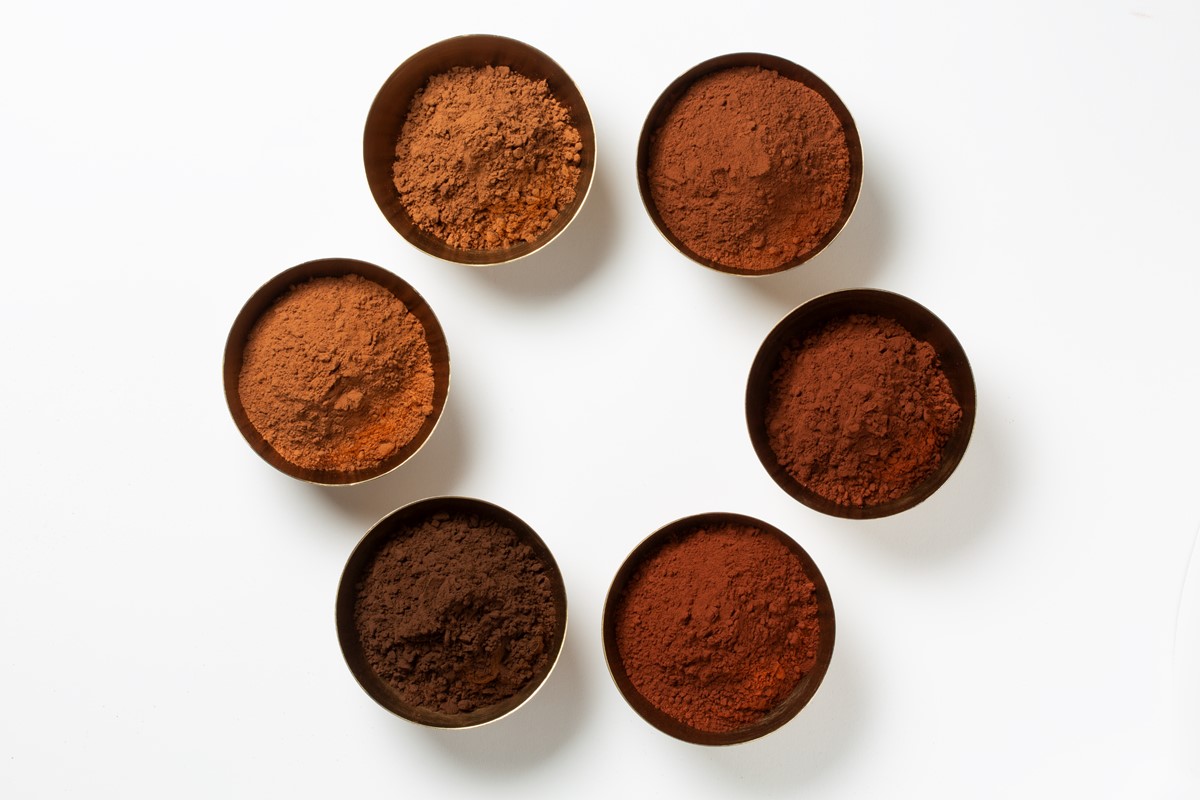What is Cocoa butter
Cocoa butter, also known as theobroma oil, is a natural, edible vegetable fat that is extracted from cocoa beans. It is widely used in the cosmetic, pharmaceutical, and food industries for its moisturizing properties, as well as its ability to improve the texture and aroma of products.
Historically, cocoa butter has been used for centuries by indigenous populations in Mesoamerica for its medicinal and cosmetic benefits. The Mayans and Aztecs used cocoa butter to treat skin conditions, as well as for religious ceremonies and as a form of currency. In the 19th century, cocoa butter became more widely known in Europe and the United States for its use in chocolate production.
Key figures in the development and popularization of cocoa butter include confectioners such as Nestle and Cadbury, who used cocoa butter in their chocolate products. Additionally, beauty brands like The Body Shop and Lush have incorporated cocoa butter into their skincare products for its hydrating and nourishing properties.
The general impact of cocoa butter is predominantly positive, given its versatility and effectiveness in various industries. In the food industry, cocoa butter is used as a key ingredient in chocolate production, giving chocolates their smooth texture and glossy appearance. In cosmetics, cocoa butter is a popular ingredient in skincare products like lotions and lip balms, known for its ability to deeply moisturize and improve skin elasticity.
On the downside, some critics argue that the production and consumption of cocoa butter contribute to deforestation and environmental degradation, particularly in regions where cocoa trees are cultivated. There are also concerns about the labor practices in some cocoa-producing countries, where workers may face exploitation and poor working conditions.
Looking towards the future, there are ongoing efforts to promote sustainable practices in the cocoa industry, including initiatives to support fair trade and organic cocoa farming. Some companies are also exploring alternative sources of vegetable fats that could potentially replace cocoa butter in certain products, in response to consumer demand for more environmentally-friendly options.
In conclusion, cocoa butter is a valuable natural ingredient with a rich historical background and a wide range of practical applications. While it has made significant contributions to the food, cosmetic, and pharmaceutical industries, there are also challenges related to its production and use that need to be addressed. As the demand for sustainable and ethical products continues to grow, the future of cocoa butter may involve more innovative solutions and responsible practices to ensure its continued relevance and success in the marketplace.








